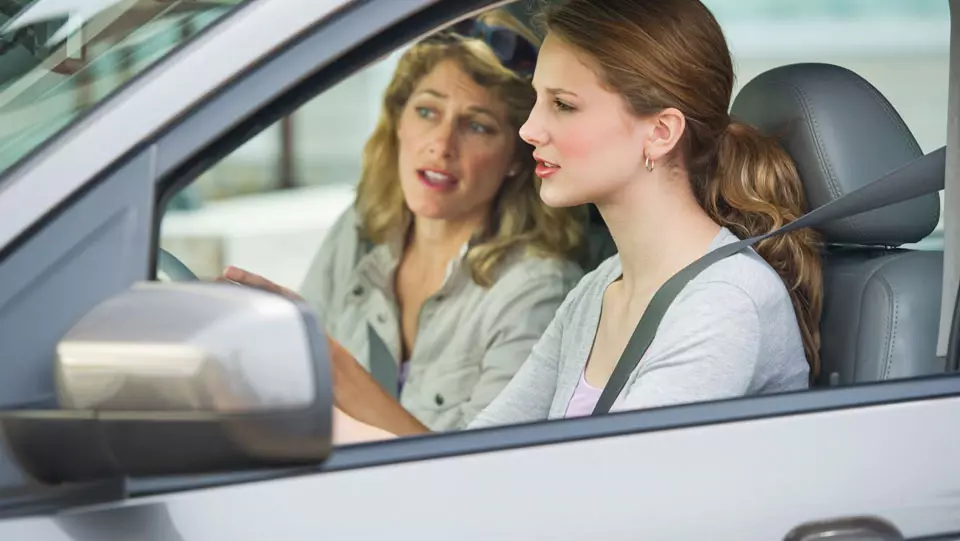Teen Driving Safety Resources
Quotes are not available for risks located in AK, FL, HI and LA.
Travel protection is offered by our trusted partner, Travel Insured International, through InsuraMatch, LLC, a Travelers-owned insurance agency.
InsuraMatch
Pet insurance is offered by our trusted partner, PTZ Insurance Agency, Ltd through its ASPCA® Pet Health Insurance program via InsuraMatch, LLC, a Travelers-owned insurance agency.
InsuraMatch
Motorcycle insurance is offered by our trusted partner, Dairyland®, through InsuraMatch, LLC, a Travelers-owned insurance agency.
InsuraMatch
Flood insurance is offered by our trusted partner, Neptune Flood, through InsuraMatch, LLC, a Travelers-owned insurance agency.
InsuraMatch

Help keep your teens safe behind the wheel
Teen Driving Safety Resources
12 Tips to Help Teens Drive Safely
When your teenager starts driving, you’ll want to help them be safe behind the wheel. Share these tips with your teen driver.

Teen Driving Safety Resources
5 Teen Texting and Driving Tips
Teens texting and driving leads to a number of teen distracted driving fatal accidents.
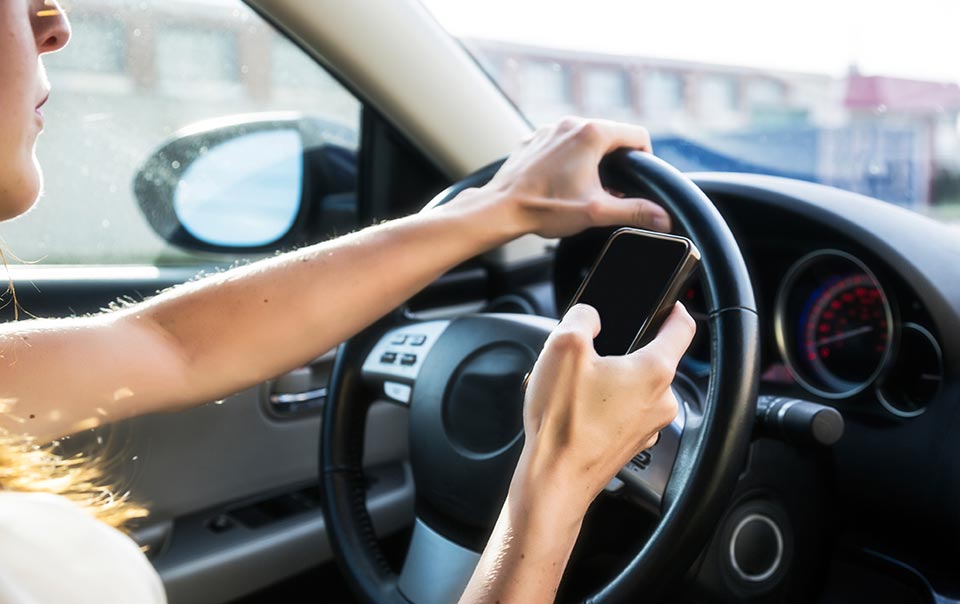
Teen Driving Safety Resources
Apps to Help Keep Your Teen Driver Safe
Teen driving apps are designed to help teens stay safe on the road, from monitoring speed to preventing texting while driving.
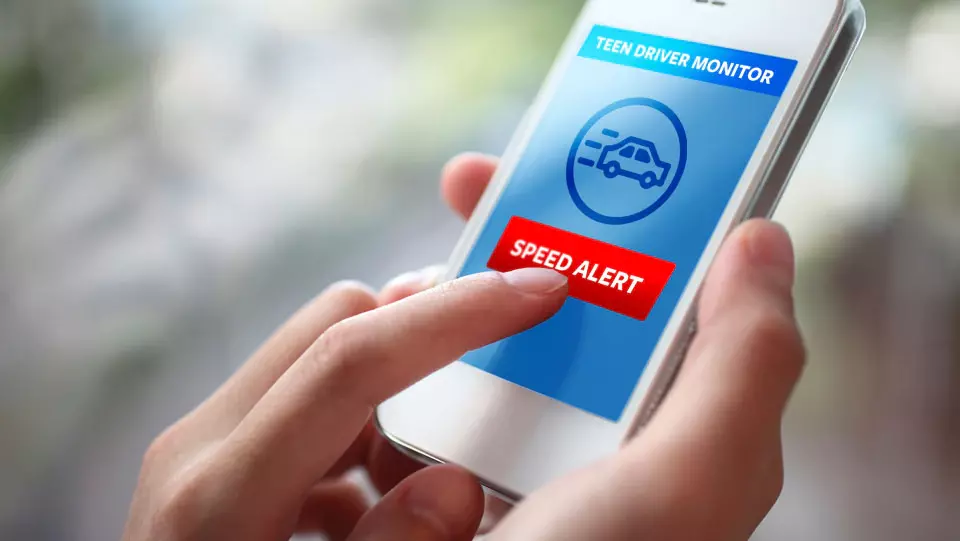
Teen Driving Safety Resources
Choosing Safe Cars for Teens
Choosing a safe car for teens is the first step in keeping your young driver safe.
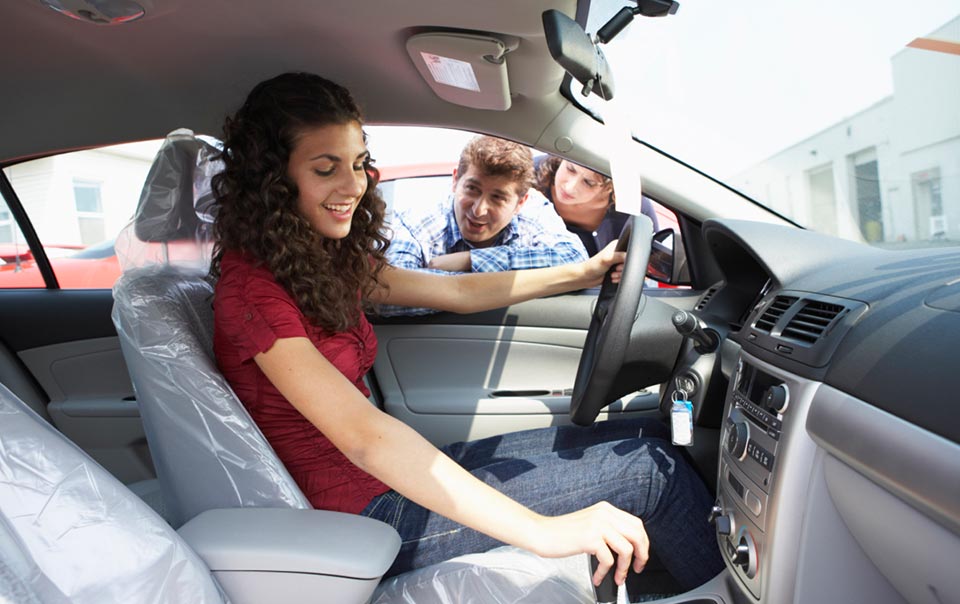
Teen Driving Safety Resources
How to Talk with Your Teen About Safe Driving
Have a driving safety talk with your teen to help keep them safe on the road.

Teen Driving Safety Resources
Keeping Your Teen Driver Safe
Worried your teen is at risk of texting while driving? Here are five things parents must know to help prevent their teen from texting while behind the wheel.
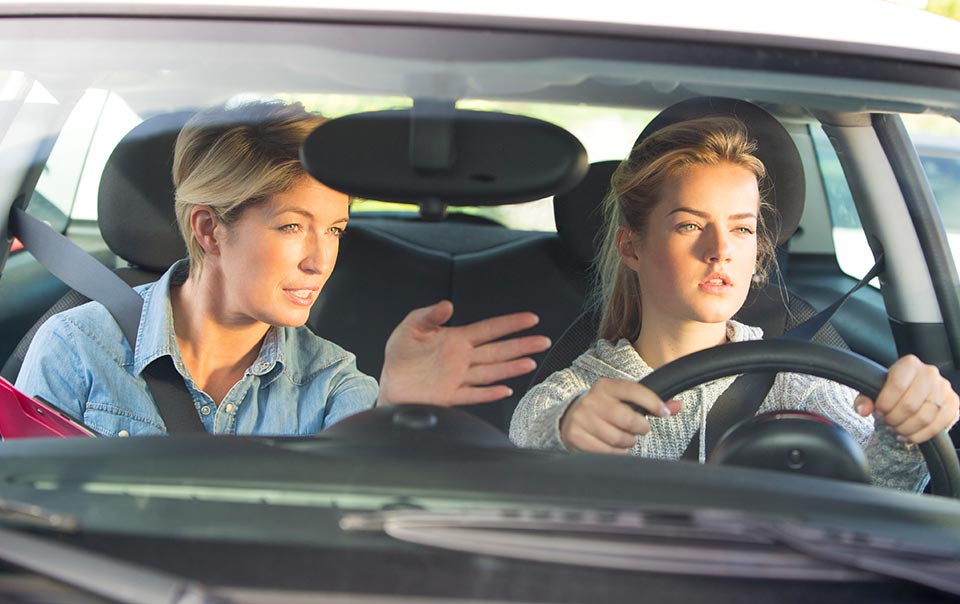
Teen Driving Safety Resources
Teen Driving Statistics
Learning the facts and dangers of young driving can help keep your teen safe.
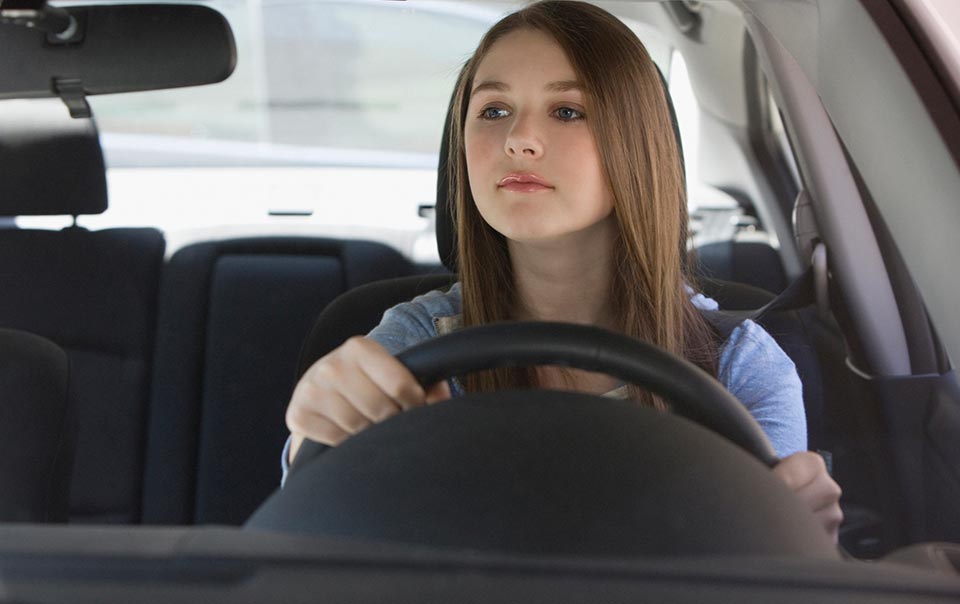
Teen Driving Safety Resources
A Timeline for Getting Your Teen Driver on the Road Safely
Teaching your teen driving safety can begin before they are on the road. Follow this timeline for teaching your teen driver about road safety.
